Last Updated on February 8, 2025 by Sezia
Introduction
Welcome to our comprehensive guide on creating an effective fungal acne skincare routine. Fungal acne, also known as Malassezia (pityrosporum) folliculitis, can be a challenging and sensitive skin condition to manage. It requires a specialized approach to keep breakouts at bay and achieve clear, healthy skin. In this article, we will provide you with a step-by-step guide to developing a fungal acne skincare routine that addresses the unique challenges posed by this condition.
What is fungal acne?
Fungal acne is not really acne, but an infection of the hair follicles caused by an overgrowth of yeast that naturally lives on your skin1. It can look like small, red, itchy bumps that resemble pimples2. It usually occurs on the chest, back, shoulders, and arms, but can also affect the face1.
What causes fungal acne?
Fungal acne can be triggered by factors that create a moist and warm environment for the yeast to thrive, such as12:
- Heat and humidity
- Excessive sweating
- Tight or synthetic clothing
- Antibiotics or antibacterial products
- Dead skin cells, dirt, and oil
How to treat fungal acne?
Fungal acne may clear up on its own without treatment3, but you can also try some of these steps to speed up the process124:
- Apply a warm compress to the affected area for 15-20 minutes, three or four times a day3.
- Visit a dermatologist to confirm the diagnosis and get a prescription for antifungal medication if needed1.
- Use a mild soap and lukewarm water to cleanse your skin twice a day5.
- Avoid using skin or hair care products that contain oil or other ingredients that can feed the yeast5. You can check the ingredients list on https://folliculitisscout.com/ to see if they are safe for fungal acne-prone skin.
- Use products that contain antifungal or anti-inflammatory ingredients, such as tea tree oil, salicylic acid, sulfur, or niacinamide54. Make sure to dilute tea tree oil with a carrier oil and do a patch test before applying it all over the affected area5.
- Moisturize your skin with a lightweight cream or oil that won’t clog your pores or worsen the infection54. Hyaluronic acid and squalane are good options for fungal acne-prone skin54.
- Apply sunscreen with SPF 30 or higher every day to protect your skin from sun damage and irritation5.
- Exfoliate your skin once or twice a week with a gentle scrub or chemical peel to remove dead skin cells and unclog your pores2.
- Change your clothing often after exercise or excessive sweating and choose loose-fitting clothes made of natural fabrics2.
Example of a fungal acne skincare routine
Here is an example of a fungal acne skincare routine that you can follow or modify according to your skin type and preferences. The products are based on recommendations from various sources514.
Morning:
- Cleanse with Cerave Micellar Water or Vanicream Gentle Facewash
- Treat with Hyaluronic Acid & Niacinamide Serum or Paula’s Choice SKIN PERFECTING 2% BHA Liquid Salicylic Acid Exfoliant
- Moisturize with Cerave Moisturizing Cream or The Ordinary 100% Squalane
- Apply SPF with EltaMD UV Clear Broad-Spectrum SPF 46
Evening:
- Cleanse with Cerave Renewing SA Cleanser or Vanicream Medicated Shampoo
- Treat with Prosacea Medicated Rosacea Gel or Sunday Riley Saturn Sulfur Spot Treatment Mask
- Moisturize with Cerave Moisturizing Cream or The Ordinary 100% Squalane
Once or twice a week:
- Exfoliate with The Ordinary AHA 30% + BHA 2% Peeling Solution or Neutrogena Hydro Boost Exfoliating Cleanser
1. cosmopolitan.com2. byrdie.com3. medicalnewstoday.com4. radiantlynourished.com5. almondclear.com
Step 1: Gentle Cleansing
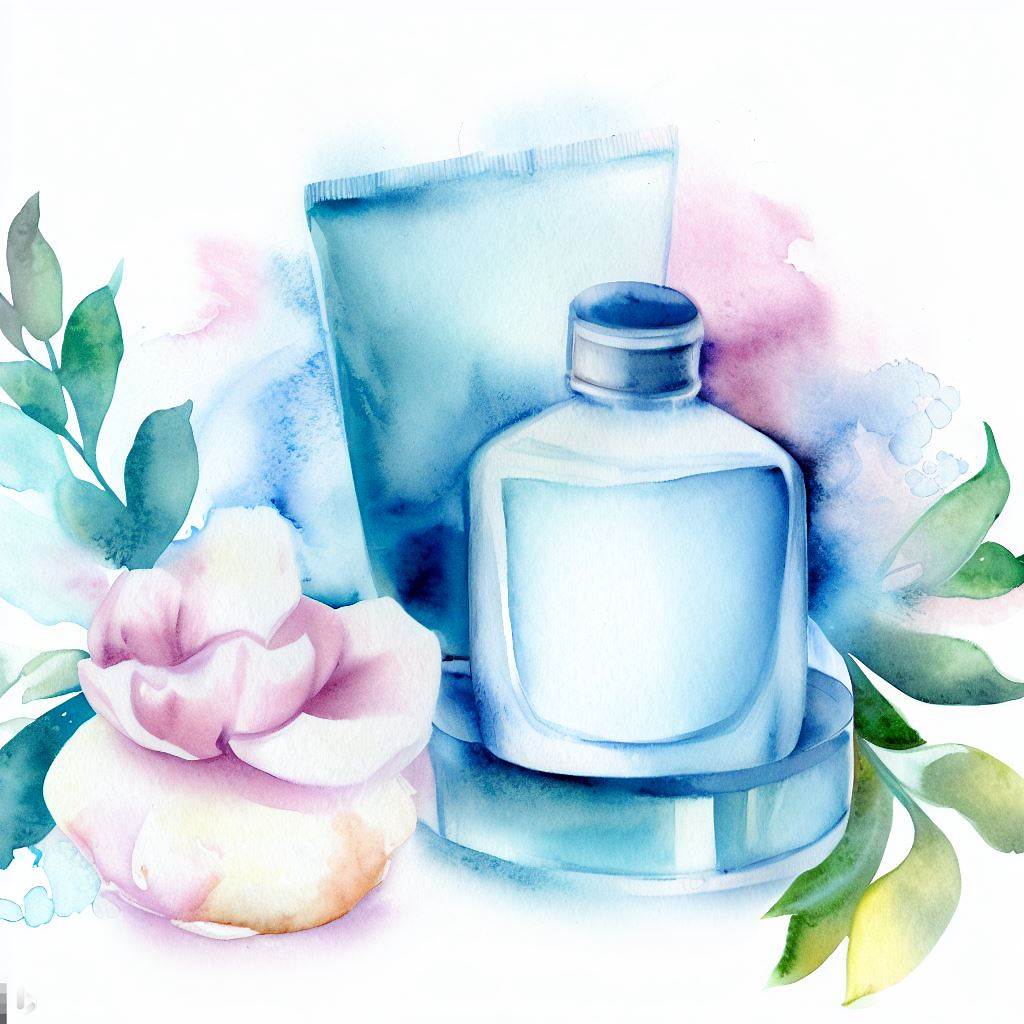
Daily cleansing is an important step in any skincare routine, and it is particularly crucial for managing fungal acne. Gentle cleansing helps remove dirt, sweat, oil, and makeup from the skin’s surface, which can contribute to fungal breakouts. Look for cleansers specifically formulated for fungal acne that are free from fatty acids, oils, and other ingredients that can feed the yeast and worsen the condition. Here are some fungal acne-safe cleansers:
Almond Clear’s Face and Body Wash: This gel formula is powered by mandelic (almond) acid (MA) and therapeutic botanicals, making it strongly antibacterial and antifungal. It effectively clears up the microbes that cause folliculitis.
Alba Botanica Acnedote Maximum Strength Deep Pore Wash: This cleanser contains 2% salicylic acid and willow bark solution, which are both effective and fungal acne-safe ingredients.
Step 2: Targeted Treatment
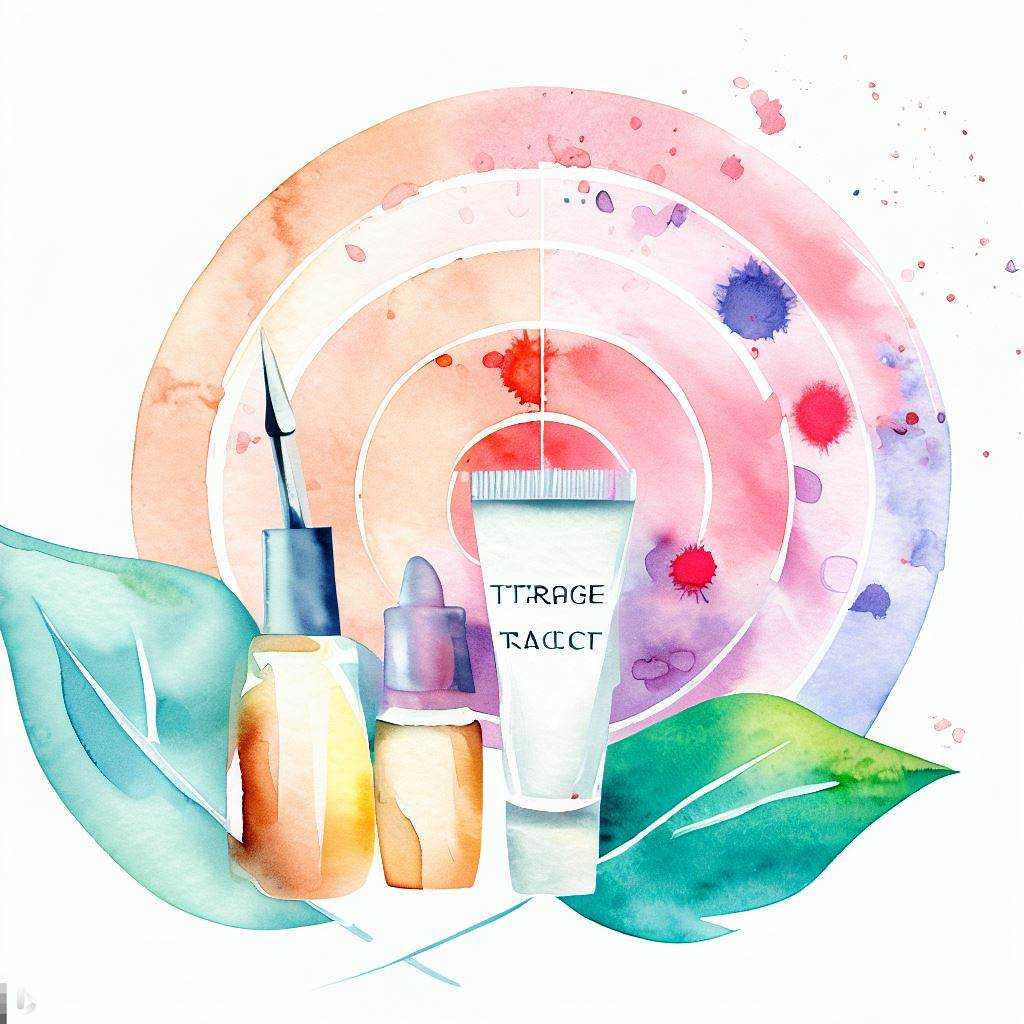
Incorporating targeted treatments is essential for combating fungal acne. These treatments help clear the microbes that cause folliculitis, exfoliate dead skin cells, and unclog blocked hair follicles and pores. Look for leave-on acne treatment products that contain active ingredients like mandelic acid, niacinamide, or tea tree oil, known for their antifungal and soothing properties. Apply these treatments to clean, dry skin and let them dry before proceeding to the next step. Here are some fungal acne-safe leave-on treatment products:
Almond Clear Face & Body Clearing Serum: This serum contains 10% mandelic acid, a powerful alpha hydroxy acid known for clearing up mild to moderate acne and folliculitis.
Cos De BAHA Niacinamide 10 Serum: Packed with natural soothing properties, this serum addresses breakouts, blemishes, red marks, and irritated skin.
Step 3: Hydration and Moisturization
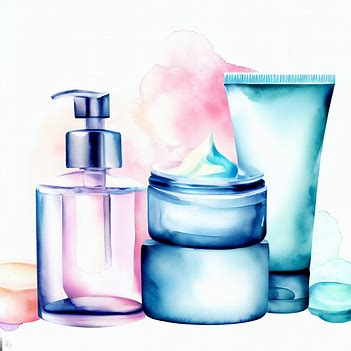
Moisturizing is essential for maintaining a healthy skin barrier and preventing dryness or excessive oiliness, both of which can contribute to fungal acne. However, it’s important to choose moisturizers that are non-comedogenic and do not contain ingredients that can aggravate fungal acne. Look for lightweight, oil-free moisturizers that provide hydration without clogging pores. Here are some fungal acne-safe moisturizers:
Malezia 5% Urea Moisturizer: This moisturizer’s main ingredient is urea, a molecule found in the skin’s natural moisturizing factor (NMF) that plays an integral role in improving skin barrier function. Urea has the ability to both hydrate and gently exfoliate the skin.
Sebamed Clear Face Gel: Designed for acne-prone skin, this moisturizer provides ample moisture without clogging pores. It contains hyaluronic acid and natural aloe barbadensis for effective hydration.
Step 4: Sun Protection
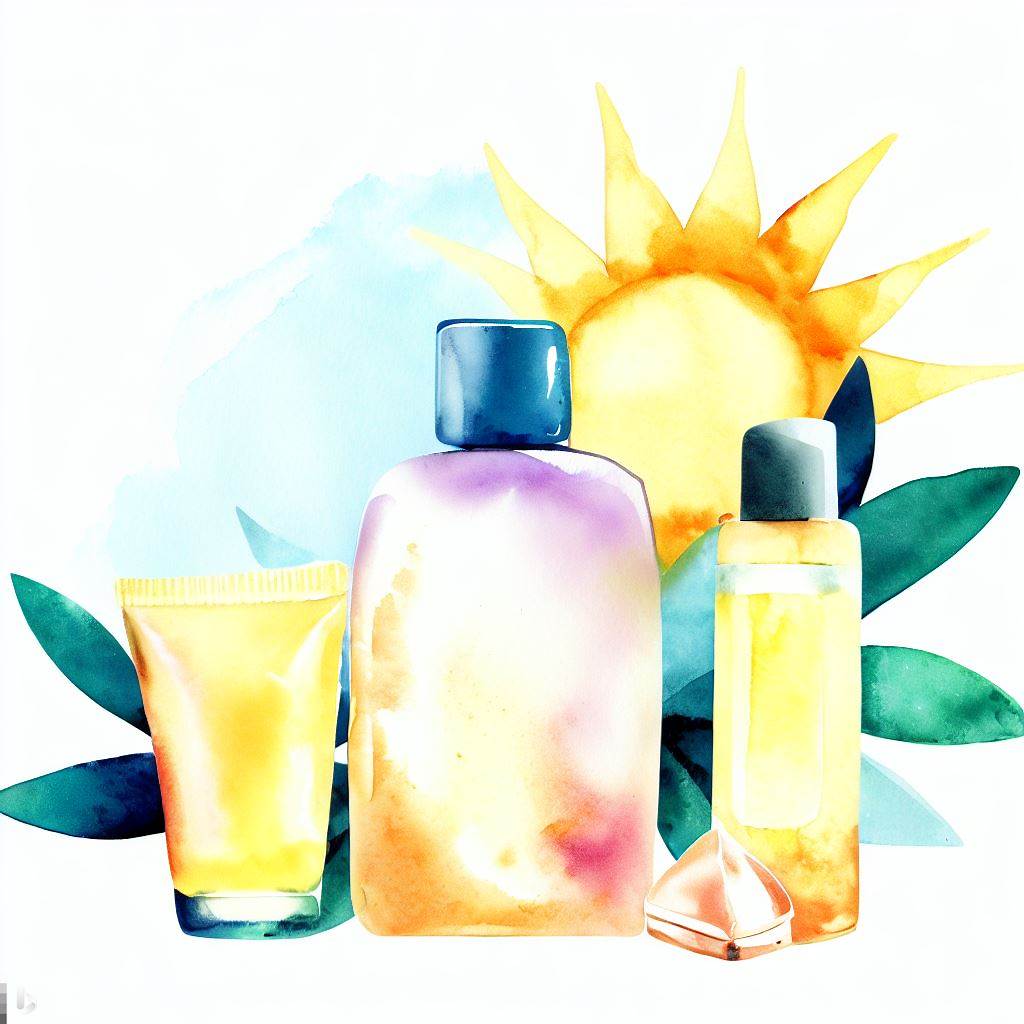
Sunscreen is a crucial step in any skincare routine, including fungal acne skincare. Applying sunscreen daily is essential, especially when using leave-on acne treatments like alpha hydroxy acids, as these products can increase skin sensitivity to the sun. Additionally, sun exposure can darken acne scars and hyperpigmentation. Opt for sunscreens that provide broad-spectrum UVA/UVB protection without clogging pores. Here are some fungal acne-safe sunscreens:
Cotz the Healthier Sunscreen: A mineral sunscreen that effectively protects the skin from harmful UVA/UVB rays.
EltaMD UV Clear Facial Sunscreen: Recommended by dermatologists, this oil-free sunscreen calms and protects sensitive skin prone to acne, rosacea, and discoloration.
Additional Treatment Products
In some cases, additional treatment products may be necessary to address more severe fungal acne. Benzoyl peroxide and salicylic acid can provide an extra boost in clearing the skin. Benzoyl peroxide kills bacteria and allows pores to shed dead skin cells and excess oil, while salicylic acid is anti-inflammatory and prevents clogged pores. Here are some fungal acne-safe products containing benzoyl peroxide and salicylic acid:
PanOxyl Acne Foaming Wash: Benzoyl Peroxide is an active ingredient commonly used in acne treatments, including those for fungal acne. It works by killing the bacteria that contribute to acne breakouts and helps to unclog pores. Benzoyl peroxide is effective against both inflammatory and non-inflammatory acne lesions. When applied topically, it penetrates the skin and releases oxygen, which helps to kill the bacteria and reduce inflammation.
Paula’s Choice Skin Perfecting 2% BHA Liquid Salicylic Acid Exfoliant: Salicylic Acid is another common ingredient found in acne treatments. It has anti-inflammatory and exfoliating properties, making it effective for treating acne and fungal acne. Salicylic acid works by gently exfoliating the skin, removing dead skin cells and unclogging pores. It also has anti-inflammatory properties that help reduce redness and swelling associated with acne breakouts. Salicylic acid is particularly effective for treating blackheads and whiteheads.
Shaving and Oils
When it comes to shaving, it’s essential to choose products that do not aggravate fungal acne. While there aren’t many fungal acne-safe shaving products available, there are alternatives that do not contribute to the condition. Look for products that are free from ingredients that can feed fungal acne. Here are some fungal acne-safe shaving products:
Veet Legs & Body 3 in 1 Gel Cream Hair: This sensitive formula with Aloe Vera and Vitamin E moisturizes the skin without leaving leftover razor stubble or causing nicks and bumps.
Fruit of the Earth Aloe Vera: Pure aloe vera gel can help calm and moisturize the skin during shaving.
Oil Cleansing
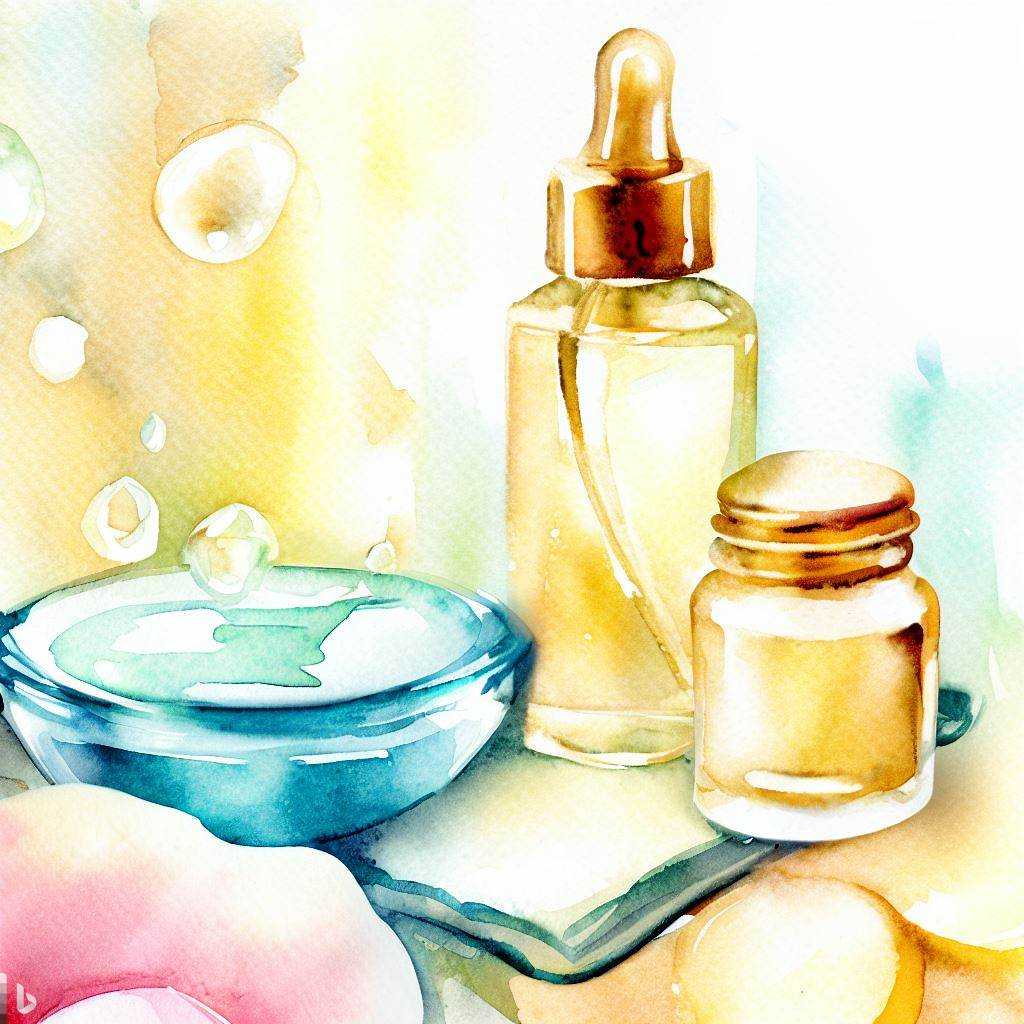
Oil cleansing is a gentle and effective method to remove makeup, soothe sensitive skin, and control acne breakouts. Some oils can protect the natural lipid layer of the skin and the beneficial bacteria residing there. Look for oils or oil cleansers that can lift excess sebum, clean congested pores, and remove dirt, dead skin cells, and makeup. Here are some fungal acne-safe oils and oil cleansers:
Kiss My Keto C8 MCT Oil: Powered by Caprylic Acid, this oil cleanser is completely fungal acne-safe.
The Ordinary 100% Plant-derived Squalane: Squalane is a saturated and stable hydrocarbon that provides exceptional moisture retention properties without clogging pores.
The Bottom Line
While fungal acne may be more challenging to treat than regular acne, understanding the ingredients that feed it is crucial for success. Keeping your skincare routine simple and finding products that work for you is key. By following the steps outlined in this guide and incorporating fungal acne-safe products, you can effectively manage and control fungal acne, achieving a clear and healthy complexion. Remember, consistency and patience are essential on your journey to healthy skin.














